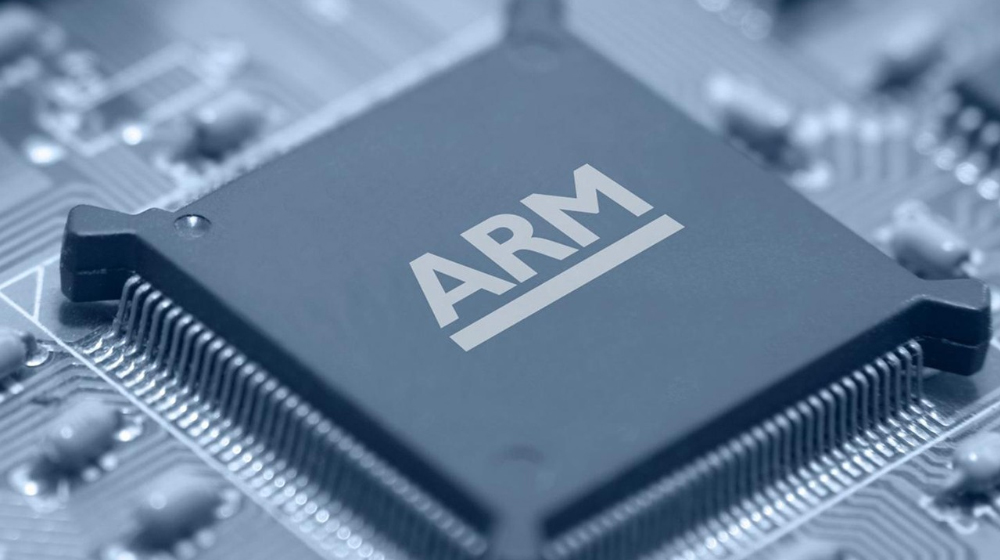ARM, the company behind nearly every smartphone processor in the world, has announced its new faster chips that will power 2019’s Android phones and even Windows laptops.
In the smartphone world, Apple’s Bionic chipsets have lead the processor market throughout the years in terms of raw-processing power leaving both Qualcomm and Mediatek behind.
It’s pertinent to mention that Apple was one of the founders of ARM back in 1990. Even now, all of Apple’s processors are built using ARM’s instruction set, or ARM language.
Here’s the catch, the new ARM processor, called Cortex-A76, does not even consider Apple’s Bionic chips as its primary rival. The company is actually aiming to go against Intel, and the latest chip can deliver performance levels usually seen in Intel’s high-end Core i7 processors.
Rene Haas, an official from ARM, promises that these processors should deliver “laptop-class performance” in smartphones that will get powered by them in the future. The best part is that these chips are able to deliver the performance of a high-end laptop, and are still efficient enough to not drain your battery too much.
This is exactly why the company also aims to use it in laptops in the future, as you will be able to use your laptop for regular tasks without performance hitches or without having to worry about stocking up on batteries or bringing your power cord along.
Up To 70% Performance Boost
The Cortex-A76, minimally, offers a 35% performance boost as compared to its predecessor. This means that it performs just as well as an Intel Core i5-7300, according to Filippo. However, he further added that the processor can work at a 50 to 70% performance boost for some mathematical tasks and a whopping 60 to 95% increase for high-performance software.
Modern Android processors like Qualcomm’s Snapdragon series or MediaTek’s Helio series use a bunch of ARM CPUs in clusters, with high-performance, mid-range, and low-end CPUs combined to form a single chipset or SoC. The A76 is a high-performance CPU and is likely going to be used for flagships most of the time.
Accordingly, if the processor gets configured with more cache memory by third-party vendors, it can easily compare with a an i7 chipset.
This is a brand-new microarchitecture. We’ve paid maniacal focus to make sure every transistor we put into this design pays for itself in terms of performance.
New GPU
The Cortex-A76 will get accompanied by the company’s newer GPU’s, either the Mali-G76 or the Mali-V76. These GPU’s, respectively, also perform 30% better in contrast to their predecessors.
This is big news for smartphone gaming industry and game developers as these chips have been able to provide “console-level graphics”, according to Google’s Rahul Prasad, who tested out its capability in the company’s Daydream applications.
Impressively, these GPU’s are strong enough to manage up to 8K resolution. Filippo also hinted that the company is already working on its next processor, he said,
The A76 is a monster, and it’s just a beginning. you can expect we’ll be having a discussion of this kind in a year, and another in two years.
Via CNET



























“Even now, all of Apple’s processors are built using ARM’s instruction set”
Their phone and table processors not their laptop and desktop processors. Yes apple still sells laptops and desktops. They use intel CPUs for those and in the past they used IBM power CPUs.
All “Apple’s” processors, meaning the one’s they manufacture. They manufacture their Bionic chips for their phones.
Their laptops run Intel processors, that are not “Apple’s processors”.
And for the future reference, Apple is already make a plan to ditch Intel by 2020 for its own ARM based processor.